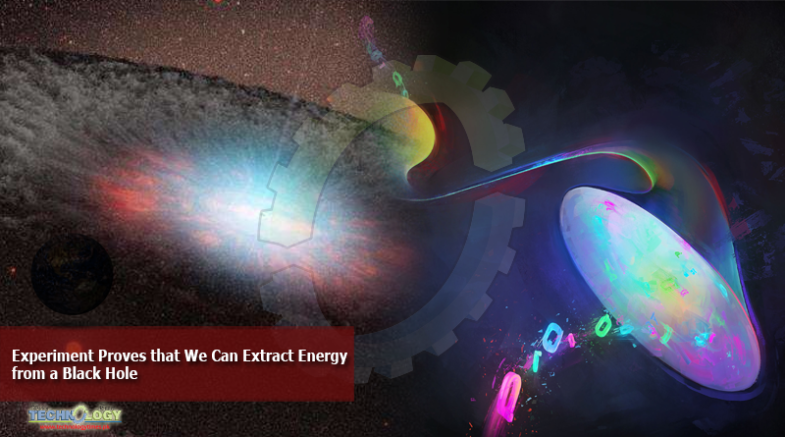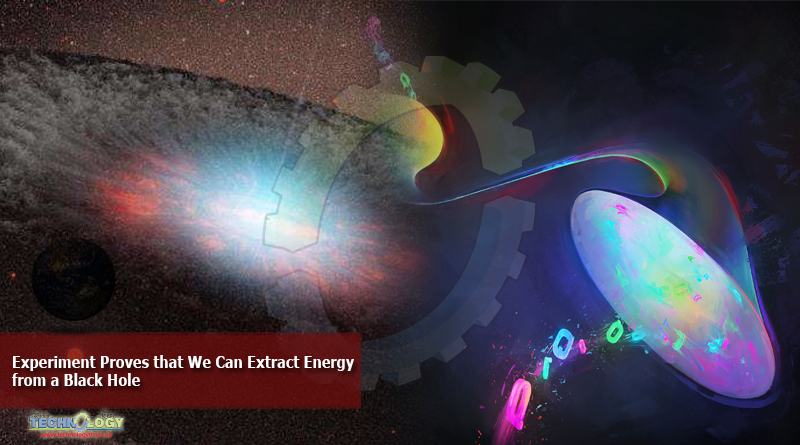For the most time since the German physicist Karl Schwarzschild first theorized the existence of black holes in 1916, astronomers thought that these fabulous cosmic objects don’t release any Extracting energy.

Black holes gather matter and energy (even in the form of light), and making them apparently disappear forever.
Physicists have finally shown that the Penrose process is a plausible mechanism for dragging out some of the rotational energy from a black hole.
What is the Penrose process
Over half a century ago in 1969, physicist Roger Penrose proposed that a region near the event horizon of a black hole, which is called the ergosphere and where frame-dragging is at its strongest, could be used for extracting energy.
While getting close to a black hole isn’t a wise thing to do, we can obtain some answers using a more practical experiment. In 1971, the Soviet physicist Yakov Zel’dovich came up with a great idea for that matter. You could use a rotating metal cylinder for replacing the black hole, and start to fire beams of light at it. The light would be reflected back with extra energy extracted from the rotation of the cylinder. This happens due to a quirk in the rotational Doppler effect.
Physicist and astronomer Marion Cromb, who is the lead author of the study and working at the University of Glasgow, declared:
“The twisted sound waves change their pitch when measured from the point of view of the rotating surface,”
“If the surface rotates fast enough then the sound frequency can do something very strange – it can go from a positive frequency to a negative one, and in doing so steal some energy from the rotation of the surface.”
As the rotation of the disc accelerated, the pitch of the sound lowered until it was inaudible. Then it became 30 percent louder than the sound belonging from the speakers. The sound waves were gathering additional energy from the rotating disc.
Originally Publish at: https://www.webbyfeed.com/
